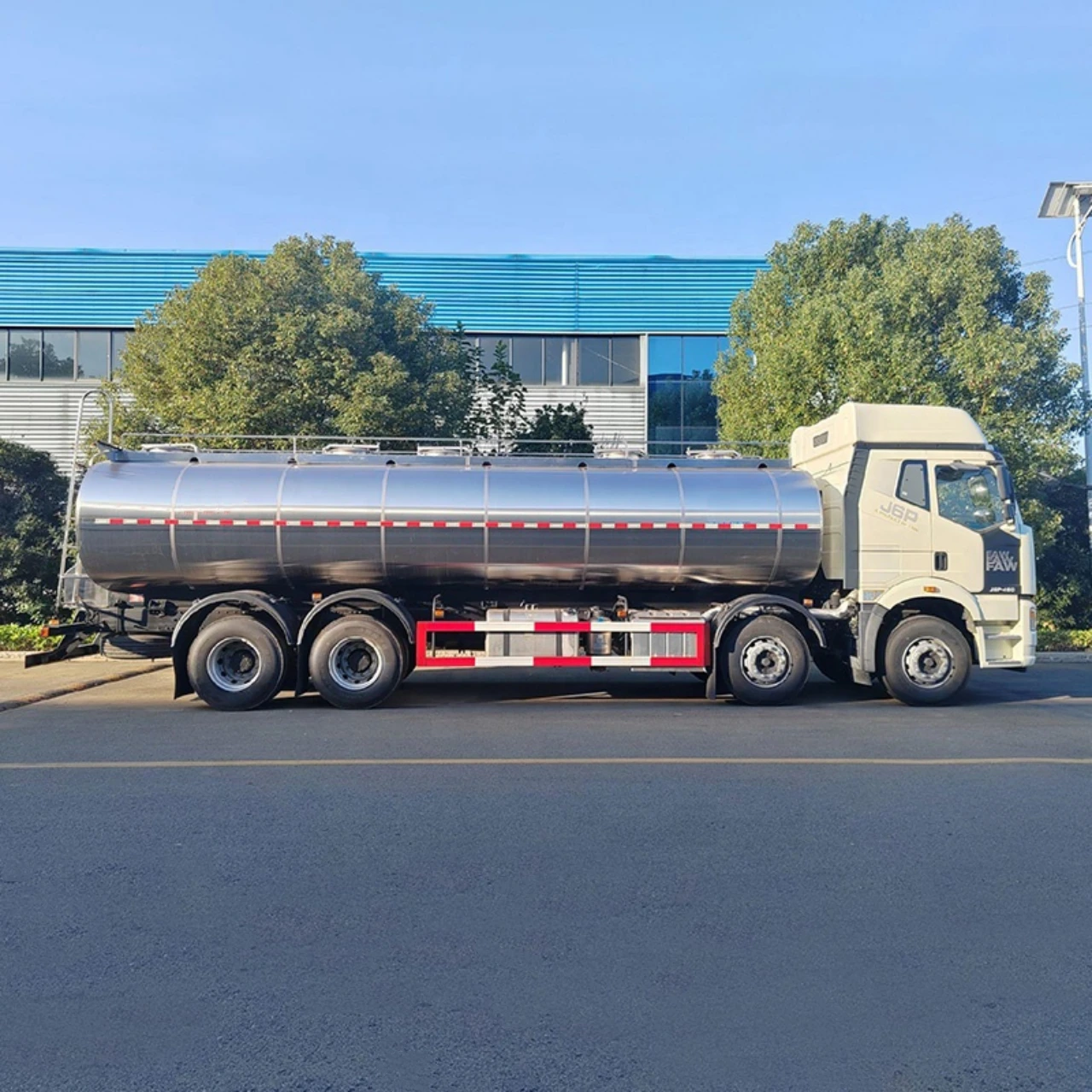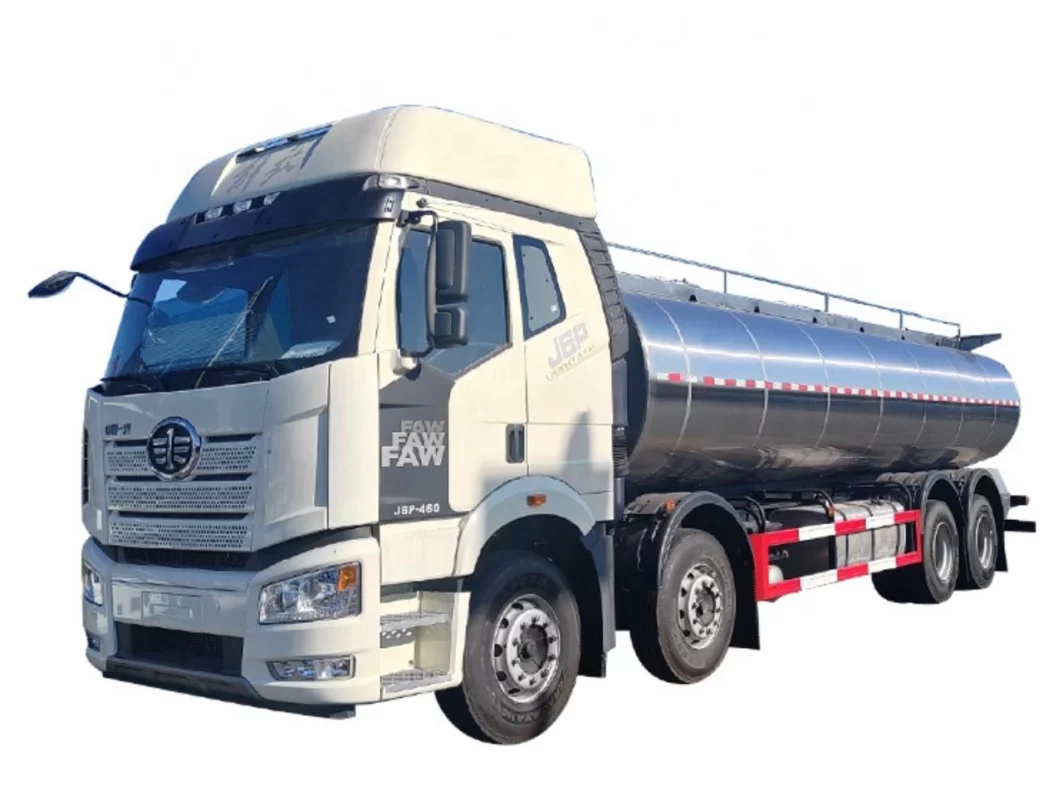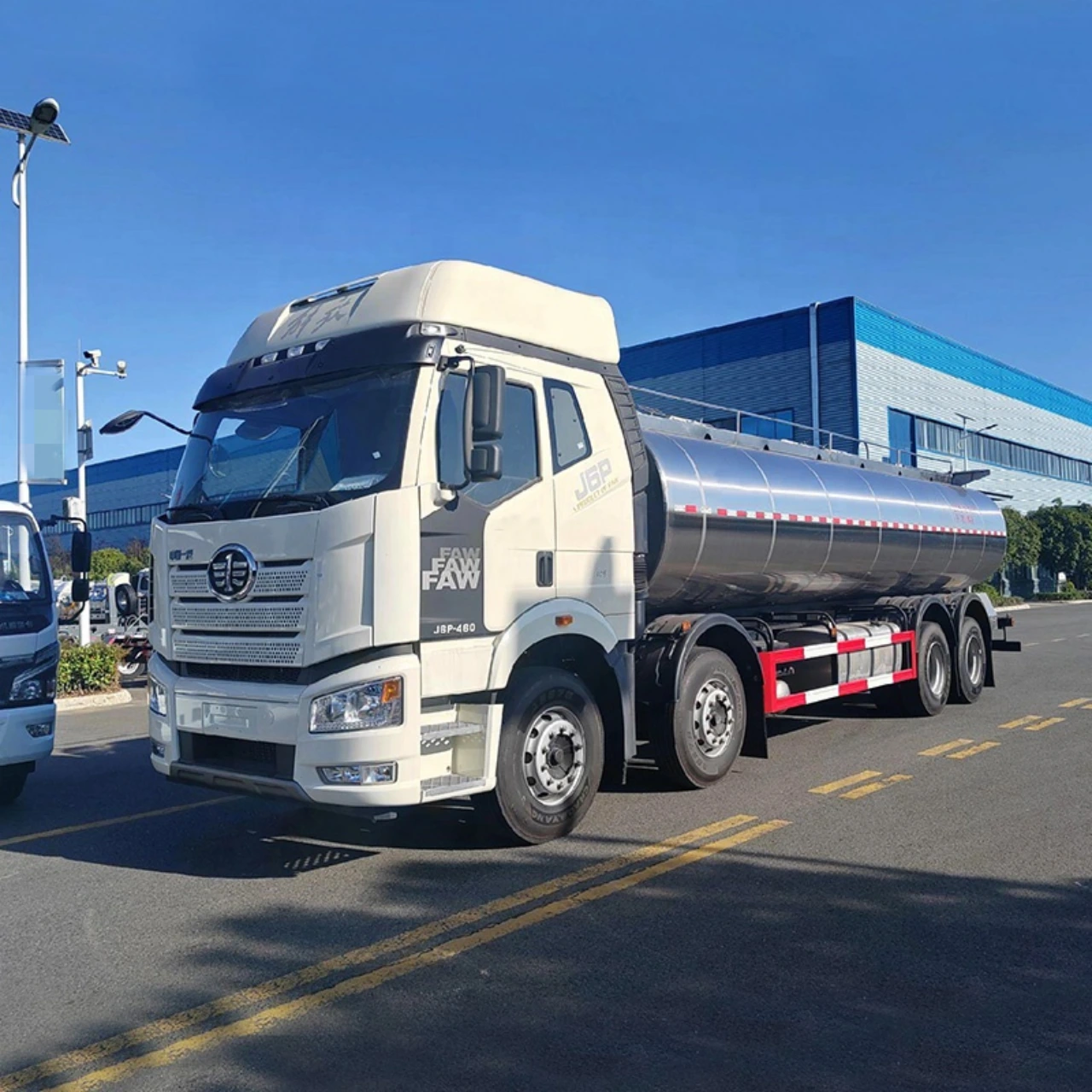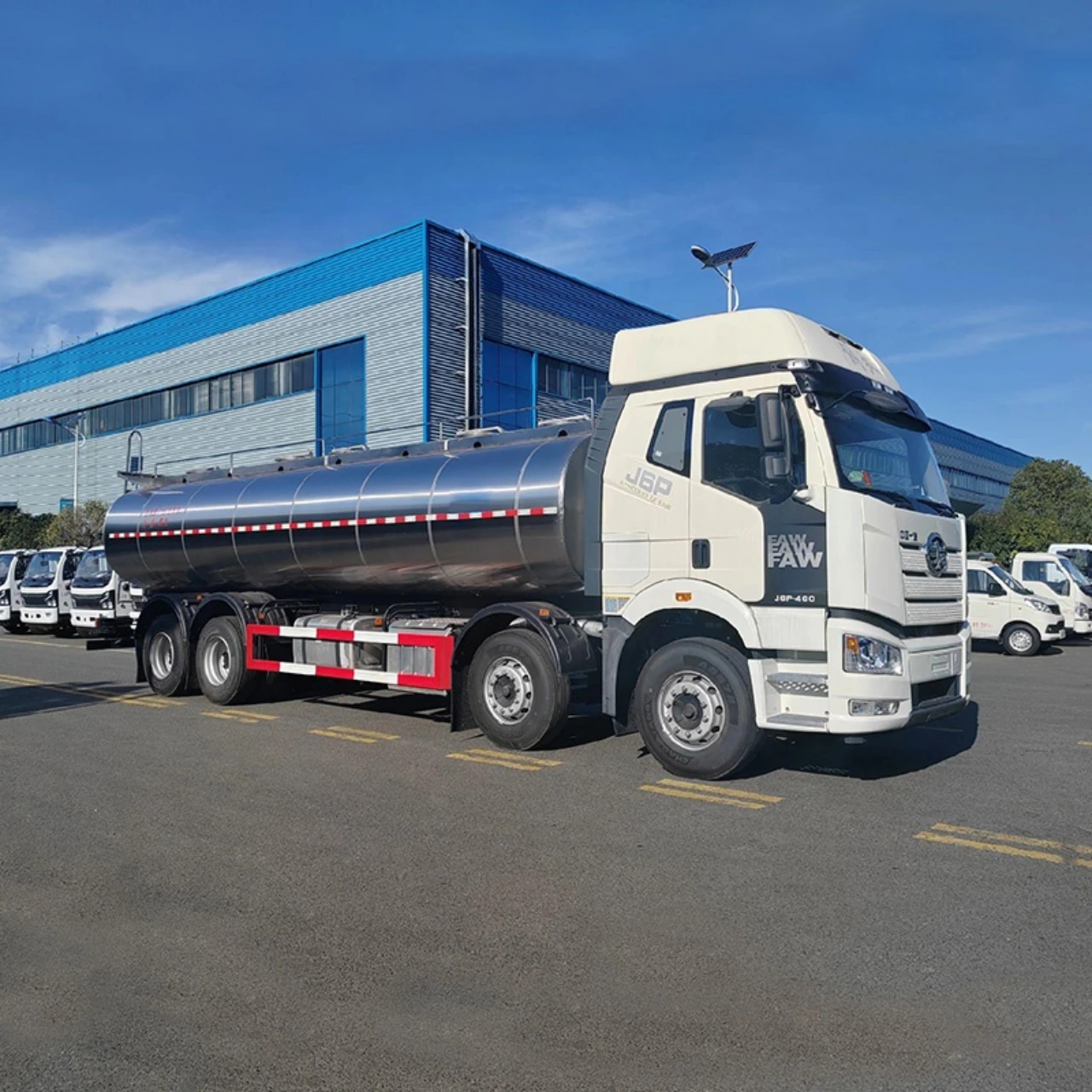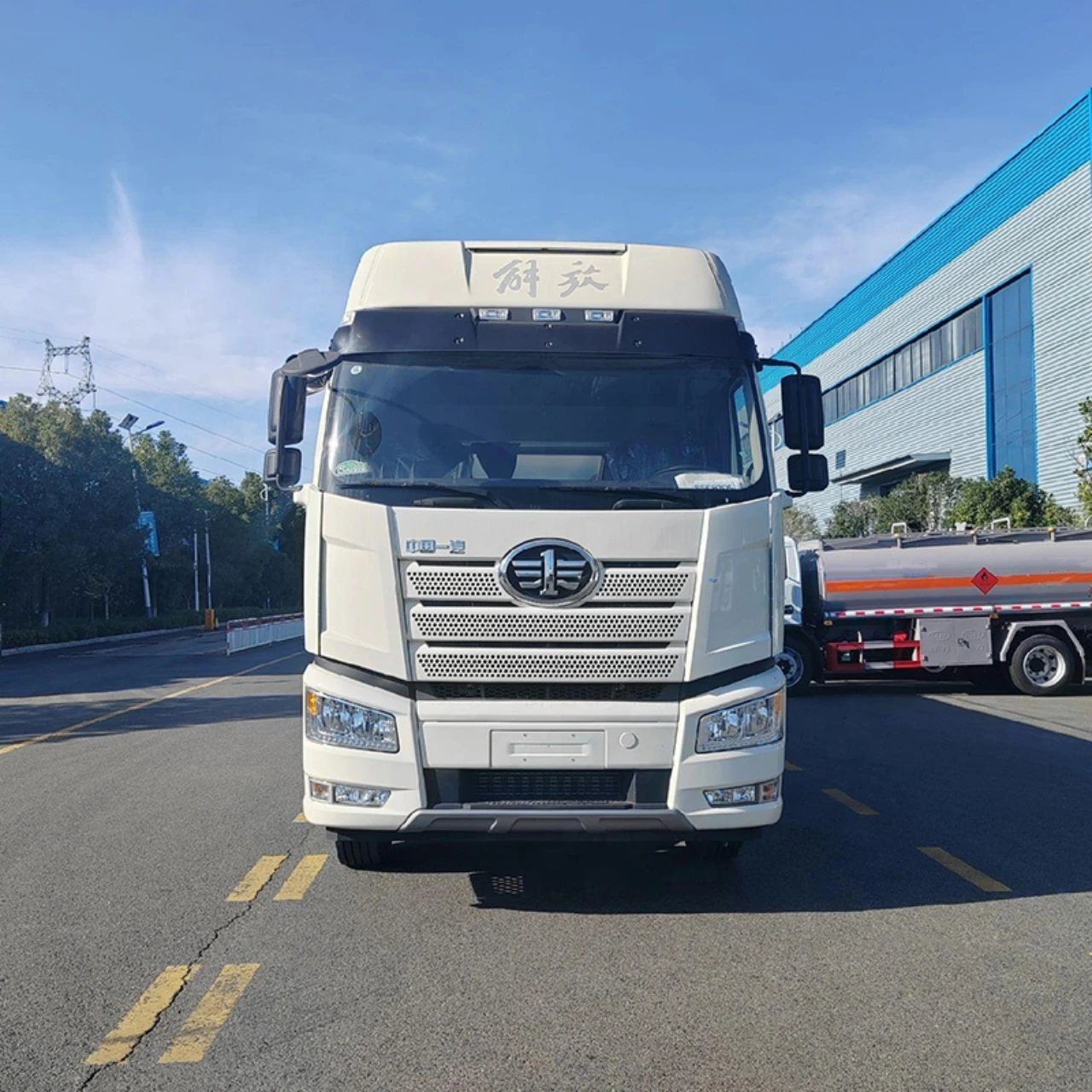In the world of logistics, transportation, and regulatory compliance, the term “Milk Truck Rule” may sound unusual, even whimsical. However, it carries serious implications in both legal and operational contexts, particularly in the food and dairy industries. This article will explore the origins, applications, and broader meanings of the Milk Truck Rule, shedding light on how a simple concept plays a significant role in regulatory decision-making, risk management, and system design.
Understanding the Basics
At its core, the “Milk Truck Rule” refers to a principle or guideline involving specialized vehicles—milk trucks—and the particular regulations or safety practices that apply to them. However, depending on the context in which the term is used, it can mean 1 of 2 things:
- A literal interpretation based on U.S. food safety and transport regulations.
- A metaphorical or analytical concept used in engineering, software design, and business strategy to inform decision-making.
Let’s explore both interpretations in detail.
The Literal Meaning: Milk Transport Regulations
Why Milk Requires Special Attention
Milk is a perishable food product that requires strict handling procedures during transport to prevent spoilage and ensure consumer safety. In the United States and many other countries, dairy transportation is heavily regulated to maintain sanitary conditions and prevent contamination. This is where the Milk Truck Rule originates in a literal sense.
Milk trucks are typically insulated or refrigerated tankers that collect raw milk from farms and transport it to processing plants. These vehicles must meet stringent standards set by regulatory bodies such as the U.S. Department of Agriculture (USDA) and the Food and Drug Administration (FDA), specifically under the Pasteurized Milk Ordinance (PMO).
The Milk Truck Rule in Action
One key provision—often dubbed the “Milk Truck Rule”—stipulates that milk tankers must not be used for transporting non-dairy products or other goods that could contaminate milk. This rule is based on the understanding that milk easily absorbs foreign odors and contaminants, and any cross-contamination could lead to significant public health issues.
For example, a truck that transports raw milk cannot be used the next day to transport oil, chemicals, or even other food items like juice or soda. The entire vehicle, especially the tank, must be sanitized and sometimes exclusively reserved for dairy use.
This rule has broader implications:
- Food Safety: Prevents contamination and ensures the integrity of dairy products.
- Traceability: Simplifies tracking in case of a contamination incident.
- Trust in Supply Chains: Builds consumer confidence in dairy producers and transporters.
The Metaphorical Interpretation: The Milk Truck Rule in Systems Thinking
Interestingly, the Milk Truck Rule has also been adopted as a metaphor in systems engineering, cybersecurity, and business risk assessment. In this context, it’s less about literal milk trucks and more about redundancy, specialization, and dependency.
Origin in Tech Culture
In software development and IT systems, a version of the Milk Truck Rule is often referenced when discussing “bus factor” scenarios. The bus factor is a tongue-in-cheek term used to measure how many key team members could get hit by a bus before a project or system becomes inoperable.
The Milk Truck Rule is a variation of this: it posits that if the person (or system component) with exclusive knowledge or functionality gets “hit by a milk truck,” the operation could collapse.
Applying the Rule
This metaphorical version of the Milk Truck Rule suggests the following principles:
- Avoid Single Points of Failure: Whether in infrastructure or personnel, critical functions should not depend on one individual or unit.
- Promote Knowledge Sharing: Important information should be documented and accessible, not siloed.
- Design for Resilience: Systems should be able to recover quickly if a component fails, regardless of the cause.
For example, a business might apply the Milk Truck Rule by ensuring that no single employee is the only one who understands a core system. Similarly, a logistics company might have backup trucks and drivers trained to handle specialized cargo in case their regular milk truck is unavailable.
Broader Applications in Risk Management
The Milk Truck Rule has become a useful shorthand in boardrooms, project meetings, and regulatory workshops. Its applications stretch beyond dairy transport and tech, offering valuable insight into risk mitigation, resource allocation, and planning.
In Healthcare
Hospitals and clinics use similar rules to ensure that no single specialist or machine is the only line of defense for patient care. Redundancies in staffing, diagnostics, and systems mirror the Milk Truck Rule in practice.
In Aviation and Transport
Regulators and safety officers apply this principle when creating protocols for aircraft maintenance or transport operations. If a critical vehicle or system goes offline, is there a backup? If not, the Milk Truck Rule is being violated.
In Legal and Regulatory Affairs
Legal teams often refer to similar principles when evaluating contract dependencies or regulatory obligations. If a supplier of a crucial material (like raw milk) is suddenly unavailable due to non-compliance or an incident, can operations continue?
The Ethical and Strategic Dimensions
At a deeper level, the Milk Truck Rule encourages ethical and transparent operations. It urges organizations to design systems that prioritize safety, reliability, and fairness.
- Ethical Transport: Ensuring milk is not contaminated due to shortcut practices speaks to a company’s values.
- Strategic Planning: Businesses that internalize the rule tend to make smarter investments in training, backup systems, and compliance.
It’s not just about avoiding disasters—it’s about building a culture of preparedness.
Conclusion
The “Milk Truck Rule” is more than a quirky phrase—it encapsulates important ideas in both real-world logistics and abstract system design. Whether we’re talking about ensuring milk stays safe from farm to fridge or building robust teams and infrastructures that don’t rely on any one component too heavily, the rule is a reminder of the importance of foresight, specialization, and redundancy.
In a world where disruptions—be it in the form of a contaminated shipment or an absent key employee—can derail entire operations, the Milk Truck Rule offers a simple yet profound lesson: Plan ahead, avoid sole dependencies, and design with care.
